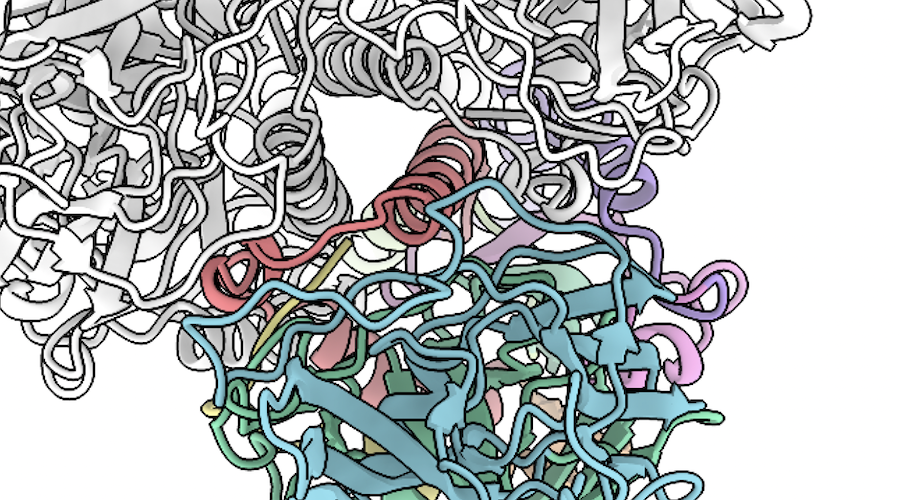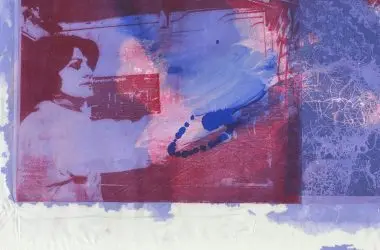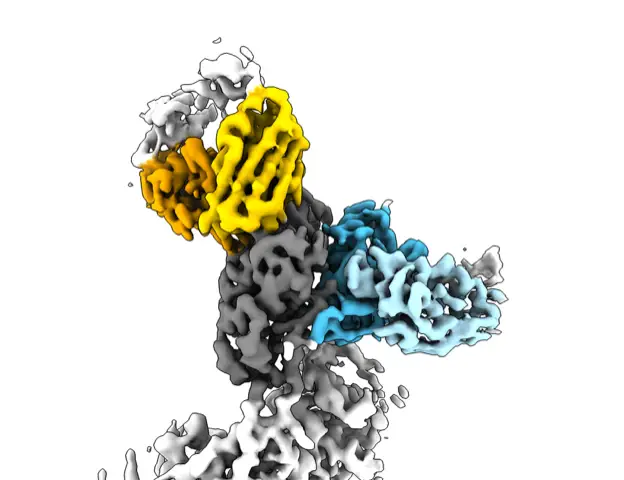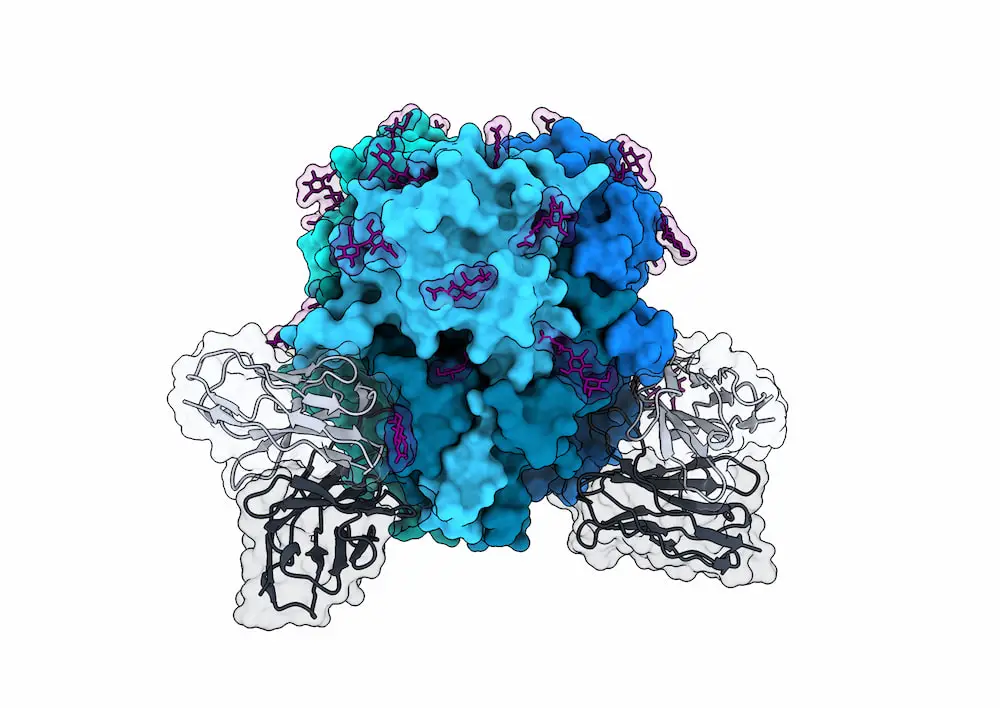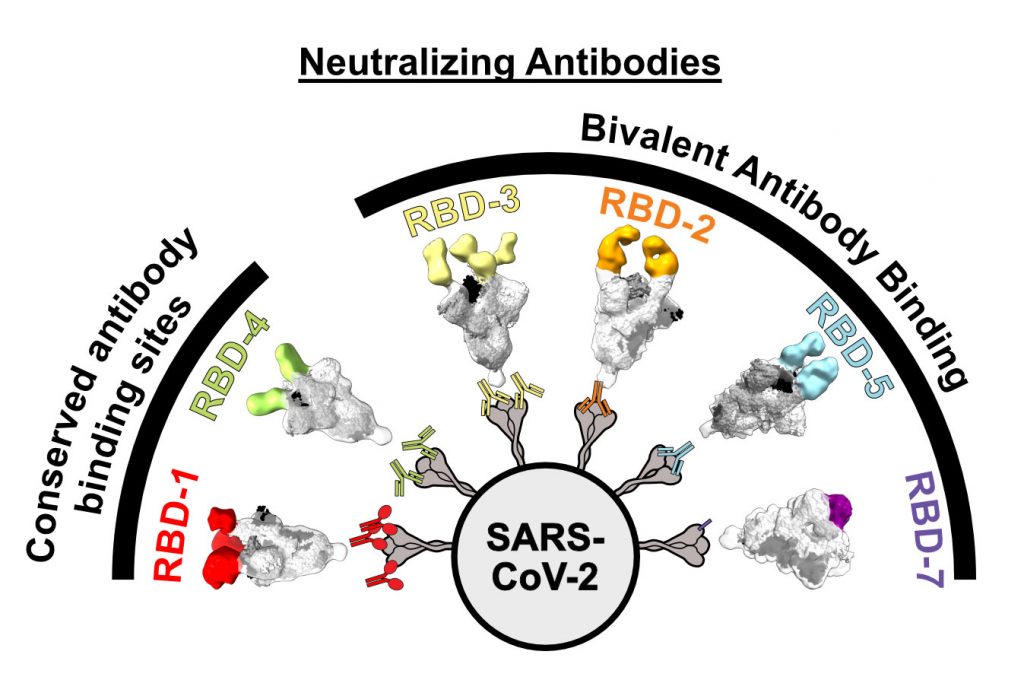Cryo-Em
Recent technological advances implemented in electron microscopes have allowed the visualization of biologically important molecules with unprecedented details. In order to bring those advances to applications for the benefit of humankind in the continuous fight against disease, La Jolla Institute decided to set up a state of the art electron cryomicroscopy facility for the benefit of local researchers. In this facility we can collect images of unstained specimens, either purified or in situ, and help with the necessary image processing to extract relevant information. The facility offers two state of the art transmission electron microscopes, a dual-beam electron microscope for the preparation of cellular lamellae, a fluorescence microscope to find the areas of interest in frozen cells, and ample sample preparation facilities.
Ruben Diaz Avalos, Ph.D.
Services
Our facility is staffed by highly trained personnel, which can assist in all aspects of the workflow for any project involving electron cryomicroscopy, from specimen preparation to data processing.
Commercial partners are welcome to use our services. Please call us for consultation and pricing.
Instrumentation
Related News
- Research News
- Immune Matters
- Immune Matters
- Research News
- Research News
- Research News
